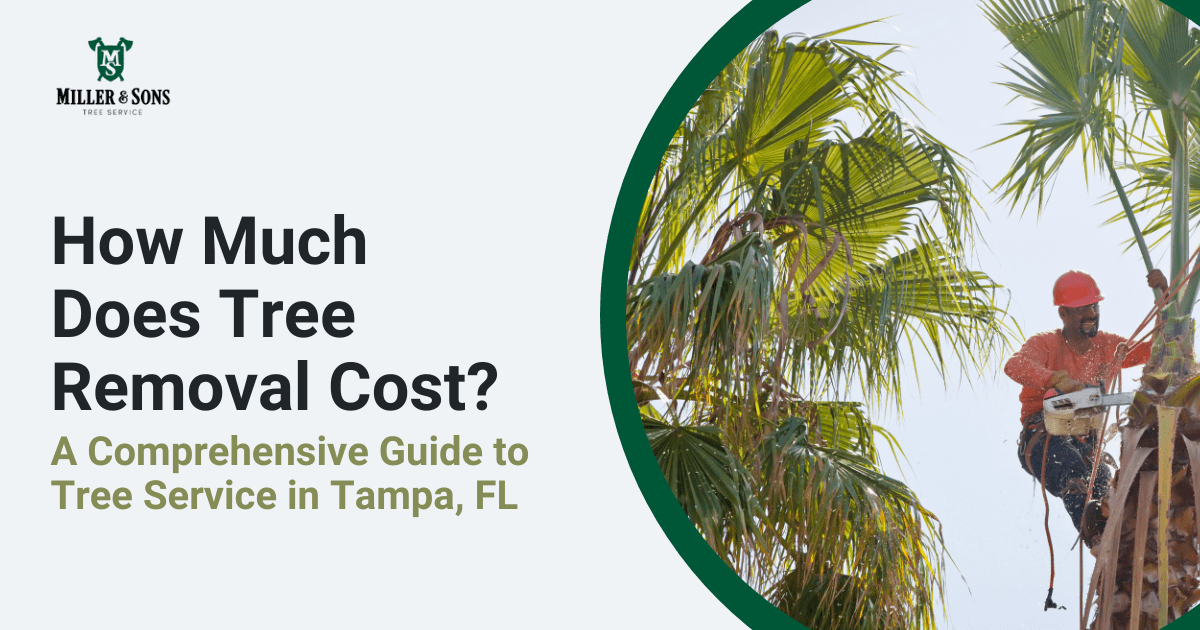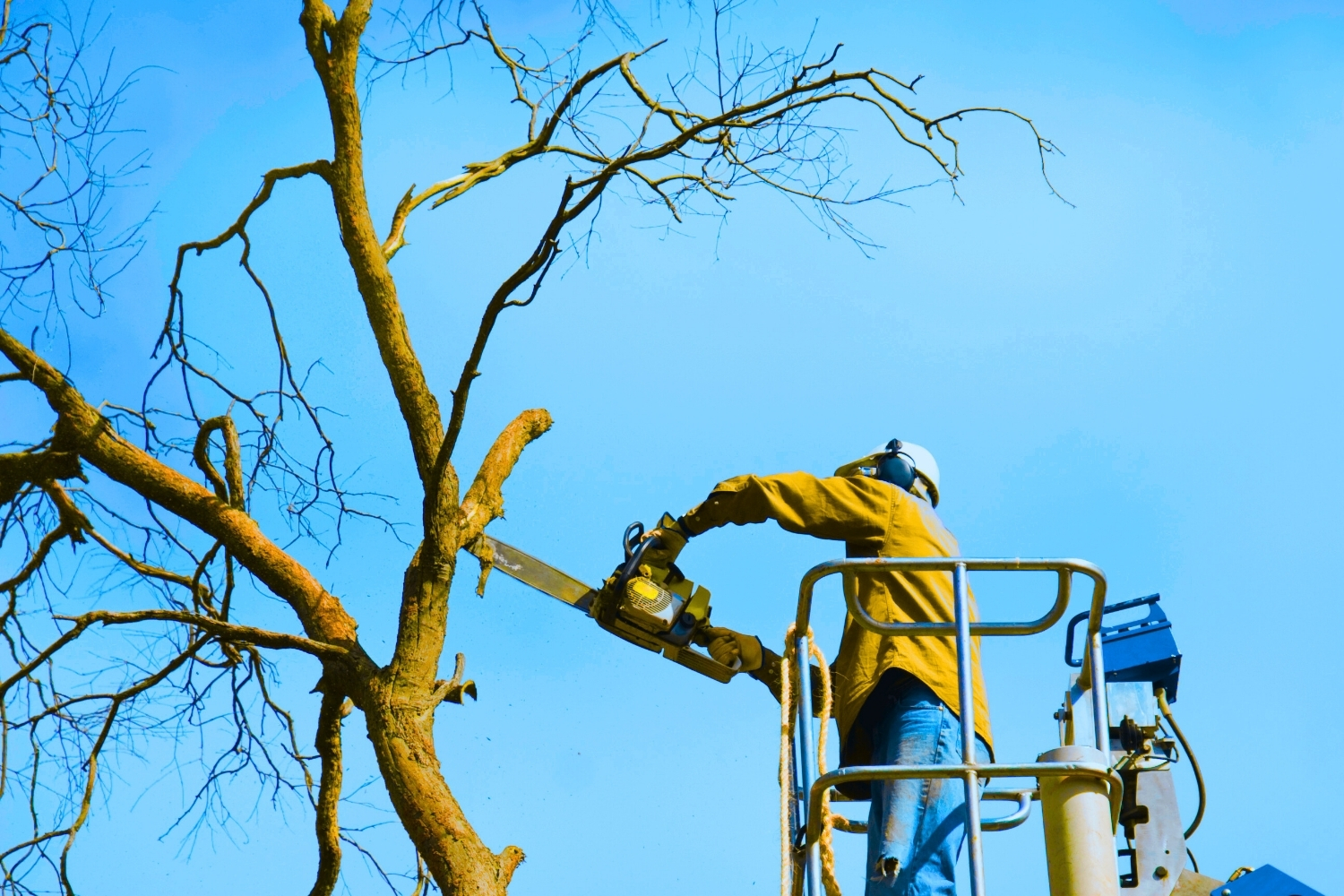Featured
Table of Contents
- – Seymour, IN Tree Removal Installation Costs
- – Finding Affordable Tree Trimming In Seymour, IN
- – Seymour, IN: Typical Tree Service Prices
- – Seymour, IN Tree Trimming Fees: What To Know
- – Factors Affecting Stump Removal Costs In Seym...
- – Refurbished Tree Removal Prices In Seymour, IN
- – Seymour, IN Tree Removal: Cost Vs. Value
- – Top Rated Tree Trimming In Seymour, IN
- – New Customer Tree Cutting Deals In Seymour, IN
- – Low-Cost Stump Grinding In Seymour, IN
- – Used Tree Trimming Prices In Seymour, IN
- – Seymour, IN Tree Clearing Removal Costs
- – How Much To Expect To Pay For An Tree Servic...
- – DIY Vs. Professional: Tree Cutting In Seymou...
- – Factors Affecting Tree Clearing Prices In Se...

The subsections listed below provide more in-depth info about pricing, consisting of a typical variety for each. TypeAverage Elimination CostPineConiferPalmMagnoliaArborvitaeAshCedarSweet GumEucalyptusSycamoreCypressOakMaplePoplar You can anticipate to pay in between to get rid of a pine, depending on its size. Getting rid of a pine is one of the more budget-friendly tasks unless it is one that has actually been around for many years and is rather large.
Seymour, IN Tree Removal Installation Costs
Pines also have a tap root that grows deep into the soil, which can show to be more hard to get rid of. The process itself includes a professional cutting the tree, clearing the base, cutting the surface area roots, getting rid of the stump, and lastly dealing with the soil. Without a professional hand, you run the risk of leaving pine seedlings behind, which will fall from the roots of distressed pines.
Finding Affordable Tree Trimming In Seymour, IN
The U.S. national average for conifer elimination is approximately to have the conifer lowered, carried away, and the stump ground or gotten rid of totally. Conifers are typically much easier to get rid of, and although they can grow quite tall, they do not cost a fortune to remove. Conifers consist of pine, spruce, fir, and juniper trees.
Seymour, IN: Typical Tree Service Prices
While conifers are gorgeous, they eliminate native plants and specific types of lawn (tree trimming). The typical rate of palm elimination depends on the height as much as the type, ranging from.
Seymour, IN Tree Trimming Fees: What To Know
That is why it is essential to know which type you are getting rid of. While you do not need an herbicide to kill a palm tree, there are some actions your elimination specialist will have to take to ensure the job is done correctly. There are 2 methods they can get rid of them: by slicing them down or digging them up.
Factors Affecting Stump Removal Costs In Seymour, IN
This is due to the fact that small animals like rats and scorpions frequently reside in them. Plus, lots of types will have spikes, too. From there, they remove the actual tree and after that the stump. Expect to pay in between to eliminate this type of tree, depending on the exact size and details of the job.
Refurbished Tree Removal Prices In Seymour, IN
There are three types: green, white, and black ash. With its gray-tinged bark, its leaves are green or purple in the spring and golden yellow or purplish-red in the fall.
Seymour, IN Tree Removal: Cost Vs. Value

The bark is softer, and it blooms later in the year - tree clearing. Due to the variation in height, the removal price difference is wide from. A coniferous, evergreen tree, the cedar is a sturdy species. True cedars enjoy higher elevations, generally in the Himalayas and the Mediterranean. A true cedar can grow as high as 160 feet in height and is typically planted in the United States as a landscape choice.
Top Rated Tree Trimming In Seymour, IN
The growth of incorrect cedars differs from 50 feet approximately 230 feet high. Property owners might pay anywhere from, depending upon the roots. With star-shaped leaves and stunning fall colors, the sweet gum is considered a medium to large tree. Delighting in full sun, the sweet gum can not tolerate contamination.
New Customer Tree Cutting Deals In Seymour, IN
It has a huge root base of 40 to 50 feet, which impacts the elimination cost. Generally, it costs in between to remove a eucalyptus. Eucalyptus are not common all over, but they are rather large compared to others, which is why even the smaller sized ones are so pricey to remove. Initially from Australia, eucalyptus are intrusive plants that grow in thick groves that secure native plants.
Low-Cost Stump Grinding In Seymour, IN
There are a handful of methods to do this, including burning, pulling, grinding, or killing them with herbicide. Anticipate to pay in between to eliminate sycamores, based on the height, trunk size, and amount of work involved. Sycamores are one of the largest hardwood trees, normally varying from 60 to 100 feet tall and as large as 15 feet.
Used Tree Trimming Prices In Seymour, IN
The first 2 actions will expose the within the tree and cut off the flow of nutrients up the trunk. From there, a professional applies herbicide to kill the tree and reduce the trunk. Then, they will kill the stump. Otherwise, new sprouts may grow from it. Cutting down and eliminating a mature cypress could cost as much as.
Seymour, IN Tree Clearing Removal Costs
There are various types of Cypress trees, but the most prevalent are the Leyland, Arizona, Bald, and Italian. The Bald Cypress grows in swampy or very damp areas while the others delight in a dry, warm, or hot environment (stump grinding). They can grow as high as 80 to 100 feet high
How Much To Expect To Pay For An Tree Service In Seymour, IN

Prone to diseases, the Cypress is among the most prized woods for furnishings. The average oak grows to around 60 feet, and depending on the intricacy of the elimination, it costs an average of to remove. The specific size of your oak and the effort required to fell it affect what you will in fact pay for removal together with any extra services like stump grinding.
DIY Vs. Professional: Tree Cutting In Seymour, IN
Access to the trees and the roots will likewise affect the overall expense. Maples can quickly grow up to 100 feet or more and typically expense between to get rid of from your residential or commercial property. The last cost depends on the actual height and complexity of the task. Maples are typically among the more pricey trees to remove due to the fact that of their size and the work associated with the elimination.
Factors Affecting Tree Clearing Prices In Seymour, IN
Growing as high as 90 to 115 feet, these massive lumbers are generally discovered in North America and consist of the aspen, cottonwood, and balsam trees. The procedure to remove trees includes all the cutting and cutting of the branches and trunk, bringing it down to a stump.
Table of Contents
- – Seymour, IN Tree Removal Installation Costs
- – Finding Affordable Tree Trimming In Seymour, IN
- – Seymour, IN: Typical Tree Service Prices
- – Seymour, IN Tree Trimming Fees: What To Know
- – Factors Affecting Stump Removal Costs In Seym...
- – Refurbished Tree Removal Prices In Seymour, IN
- – Seymour, IN Tree Removal: Cost Vs. Value
- – Top Rated Tree Trimming In Seymour, IN
- – New Customer Tree Cutting Deals In Seymour, IN
- – Low-Cost Stump Grinding In Seymour, IN
- – Used Tree Trimming Prices In Seymour, IN
- – Seymour, IN Tree Clearing Removal Costs
- – How Much To Expect To Pay For An Tree Servic...
- – DIY Vs. Professional: Tree Cutting In Seymou...
- – Factors Affecting Tree Clearing Prices In Se...
Latest Posts
Piedmont, SC Tree Cutting Price Estimates
Brigantine, NJ Arborist: Cost Variables
Check Local Stump Grinding Costs In Newington Forest, VA
More
Latest Posts
Piedmont, SC Tree Cutting Price Estimates
Brigantine, NJ Arborist: Cost Variables
Check Local Stump Grinding Costs In Newington Forest, VA